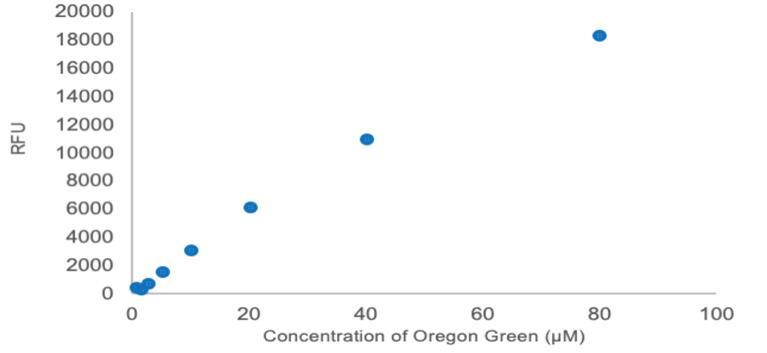
2 minute read
Intramolecular Difunctionalizations of Tethered Aminoalkenes with Hypervalent Iodine

Sara Safford, Connor Beveridge, Dmitry Liskin*
Department of Molecular Biology and Chemistry, Christopher Newport University, Newport News, VA
Abstract
The pharmaceutical industry relies heavily on nitrogen heterocycles, which include substituted pyrrolidines and piperidines, and has a constant demand for economical and facile method In recent decades, great advances have been made towards synthesis of these compounds with the use of hypervalent iodine, an economical and environment-friendly oxidant Here we report a generic method of cyclizing tethered aminoalkenes in the presence of a strong Bronsted acid and hypervalent iodine

The conjugate base gets incorporated in an endo fashion HCl, H2SO4, and HNO3 have been tested on a range of substrates to give 5-, 6-, and 7-membered rings in very good to excellent yields. The reaction proceeds at room temperature and is air and water tolerant
General reaction
Sulfamination (endo cyclization)
2
3
4
5
RS/SR
RR/SS
Chloroamination (exo cyclization)
Diamination? (endo cyclization)
Figure 4.
References
Y RSC Advances 2013 , 3 (14 ), 4523
(5) Lovick H. M.; Michael, F. E. J. Am. Chem. Soc. 2010 132 , 1249 -1251
Acknowledgements
Sara Safford, Connor Beveridge, and Dmitry Liskin would like to thank the Department of Molecular Biology and Chemistry, the Dean of NBS, and the Office of the Provost for financial support
We would also like to thank Dr Edward J Valente (University of Portland) for solving X-Ray structures and Jeffrey Carney at CNU
The degradation of polyethylene terephthalate by Ideonella sakaiensis under varied conditions
Caroline Tsui
Faculty Sponsor: Dr. Todd Gruber, Department of Molecular Biology and Chemistry
Abstract
Ideonella sakaiensis is a bacterium that uses Polyethylene Terephthalate, or PET plastic as its main source of energy. It uses the enzymes PETase and MHETase in tandem to break down PET into its monomers of terephthalic acid and ethylene glycol. The rate at which I. sakaiensis degrades PET is shown using a linear function. I. sakaiensis is also selective with the PET it uses as a food source, and has the ability to use amorphous PET as a food source, but not crystalline. By increasing the surface area of crystalline PET and powdering it, we test to see if I. sakaiensis can consume crystalline PET in different forms. Past experiments with amorphous PET indicate that a slight increase in weight was observed, which we were able to attribute to the hygroscopic properties of amorphous PET. Crystalline PET was not able to retain water, leading us to question if there is a relationship between hygroscopic PET and the ability for I. sakaiensis to use that plastic as a carbon source.
Caroline Tsui graduated from Christopher Newport University in May 2020 with a degree in Integrative Biology. She began working on this project Freshman year after joining Professor Gruber’s research group. She recently got accepted into Johns Hopkins School of Education and plans to be a teacher in Washington D.C.







